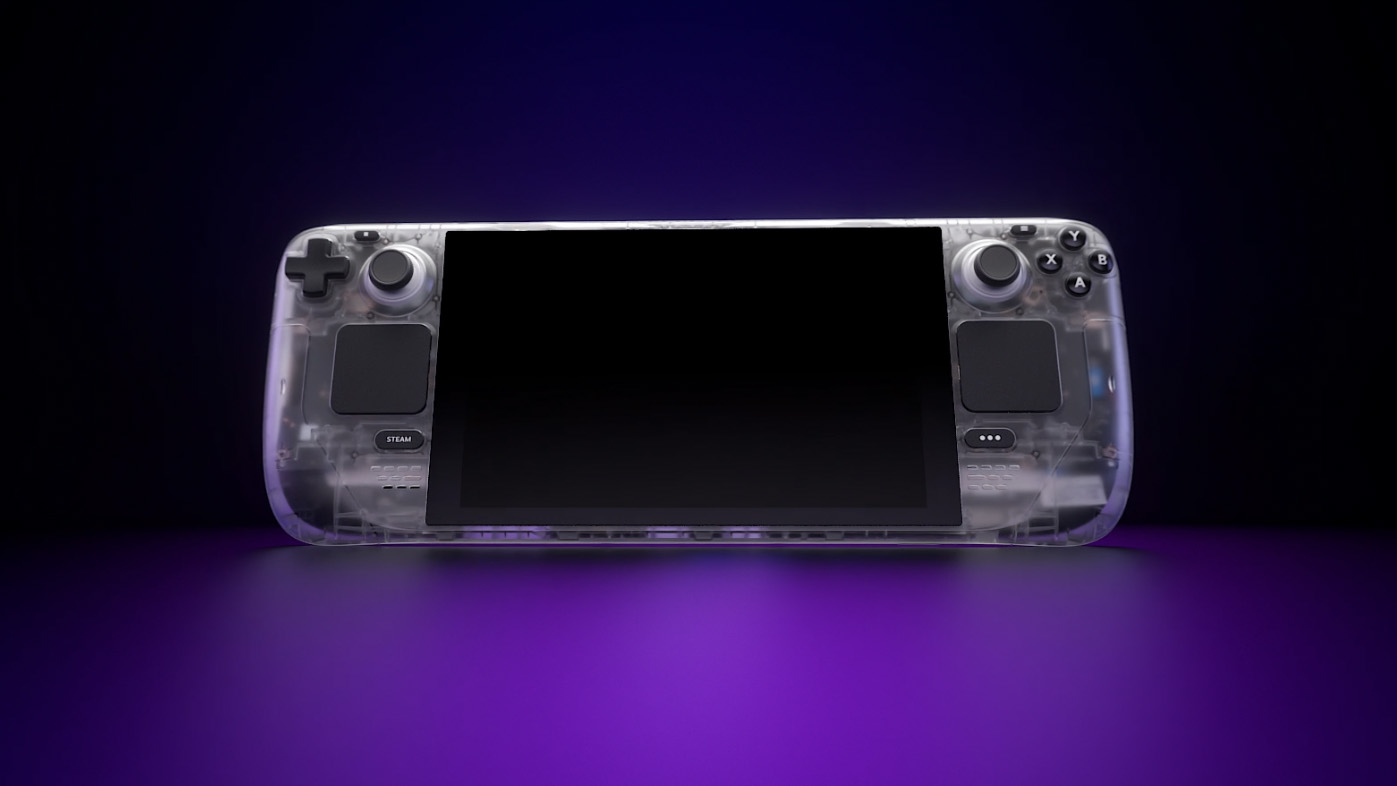Steam Deck Gets Easy Undervolting Controls With Firmware 118
Firmware adds BIOS controls to undervolt the CPU, GPU, and SoC.

Valve announced SteamOS 3.5.1 Preview Update earlier this week and, as well as a handful of software fixes and changes, it delivered a new firmware with baked-in undervolting controls for the Steam Deck. Firmware 118 adds a trio of controls to the BIOS settings menu. For the first time it facilitates easily accessible voltage offset adjustments for the: CPU, GPU, and SoC.
As this is a Preview Update for the Steam Deck, you will only get it if you are in the Steam Deck Preview Channel for updates. Once updated, and with the new v118 firmware applied, you will be able to adjust the voltage offset of your CPU, GPU, and SoC. There is a limited range of between 0 and -50 mV within which you can adjust.
Good news Steam Deck it seems like I won the silicon lottery.-50mV undervolt, the max allowed with Firmware 118's new option.I haven't done any extensive testing of battery life or any performance gains though, only stability tests to ensure my Deck doesn't crash.#steamdeck pic.twitter.com/S0LdwyAbvgOctober 15, 2023
Above: Someone is happy with their undervolting results
Another important part of the update, not mentioned in the release notes, means that if you undervolt too far it is a cinch to get your system back up and running with default settings. SteamDeckHQ notes that the new firmware allows a simple CMOS reset of BIOS user-adjustable parameters including undervolt settings. All a user needs to do to reset CMOS with firmware 118 is to hold down the Volume Down button, the Three-dot button, and Power button at the same time. Later, re-enter the BIOS upon boot by holding down the Volume Down button to make some less drastic undervolt settings.
Some Steam Deck enthusiasts note that upgrading from firmware 116 to 118 removes access to overclocking via AMD PBS / CBS settings. While some say that undervolting is the new overclocking, on a device like the Steam Deck (which doesn’t have lots of performance to spare in demanding PC games) this may not be the case.
SteamOS 3.5.1 Preview Update Software Fixes
With the undervolting firmware news out of the way, it is worth highlighting some of the SteamOS 3.5.1 Preview Update’s software fixes. If you are having issues with external displays and HDR there are quite a few fixes delivered in 3.5.1, which you can read through in the top-linked release notes. A couple of desktop mode fixes have also been delivered.
Lastly, under the general fixes heading, Valve says that it has made changes to fix some issues with SD cards, performance overlay presets, and internal display rotation reporting.
Get Tom's Hardware's best news and in-depth reviews, straight to your inbox.
Features trialed and tested in these preview updates will often filter through to general users in due course.

Mark Tyson is a news editor at Tom's Hardware. He enjoys covering the full breadth of PC tech; from business and semiconductor design to products approaching the edge of reason.
-
thestryker I love the way that Valve has handled the Steam Deck hardware/software interaction as it has all the controls it needs to. This is by far my biggest problem with my Ally as third party software is the only way to properly optimize performance. AMD's default behaviors are absolutely terrible for a handheld gaming device as it still prioritizes the CPU side too much.Reply -
MiniITXEconomy And this is why we love Valve over ASUS, as cool and beautiful as the ROG Ally may be.Reply